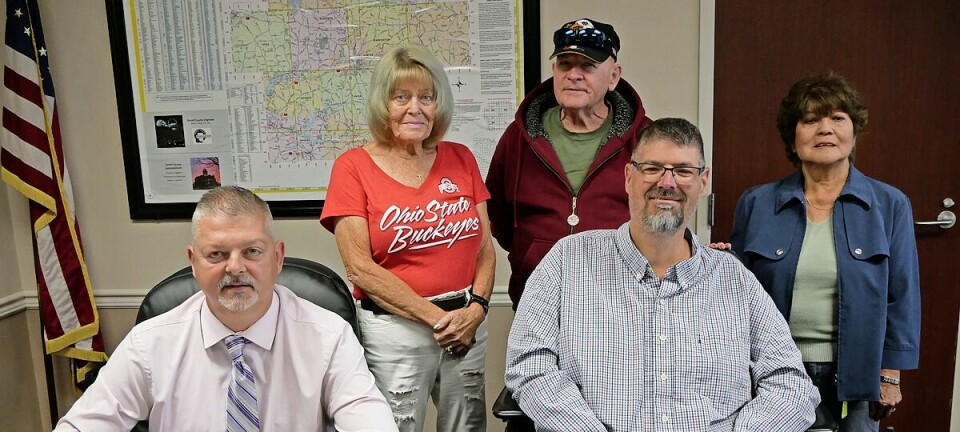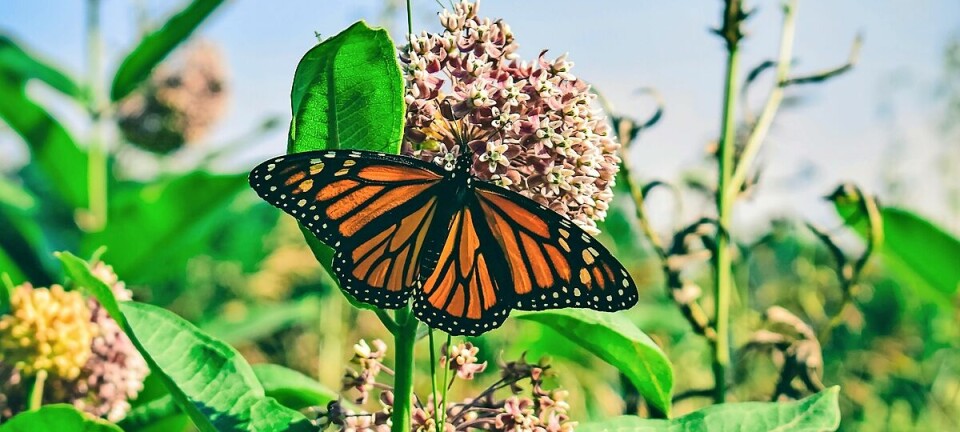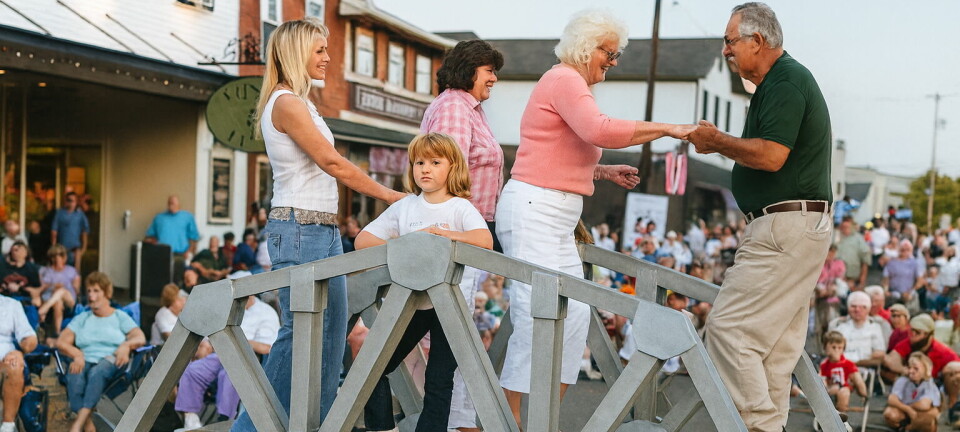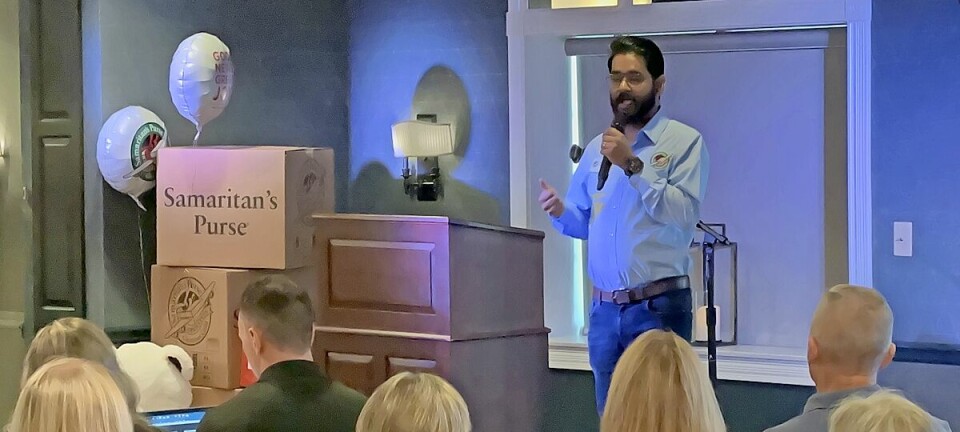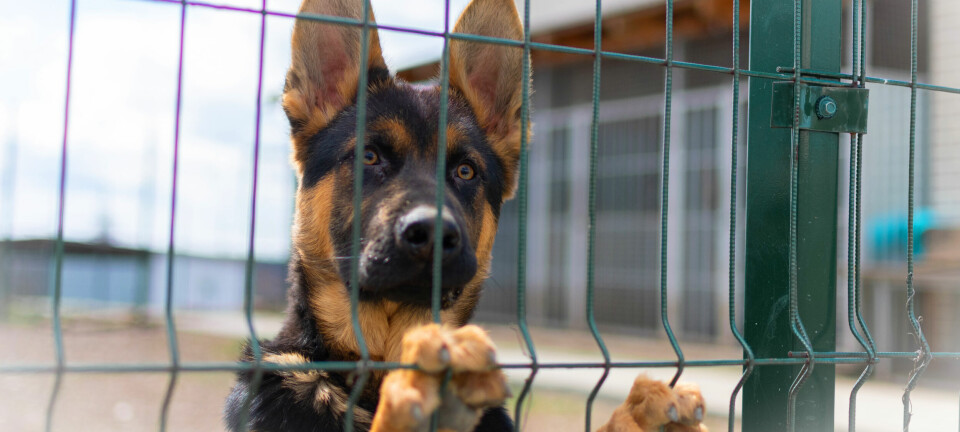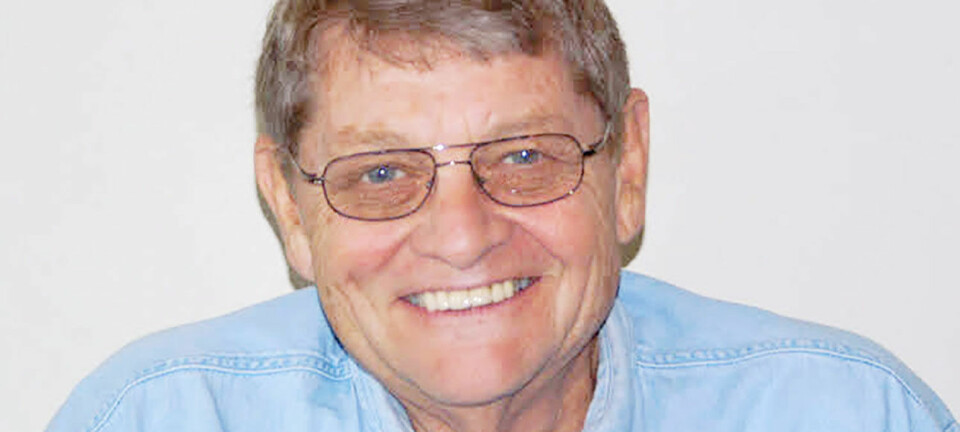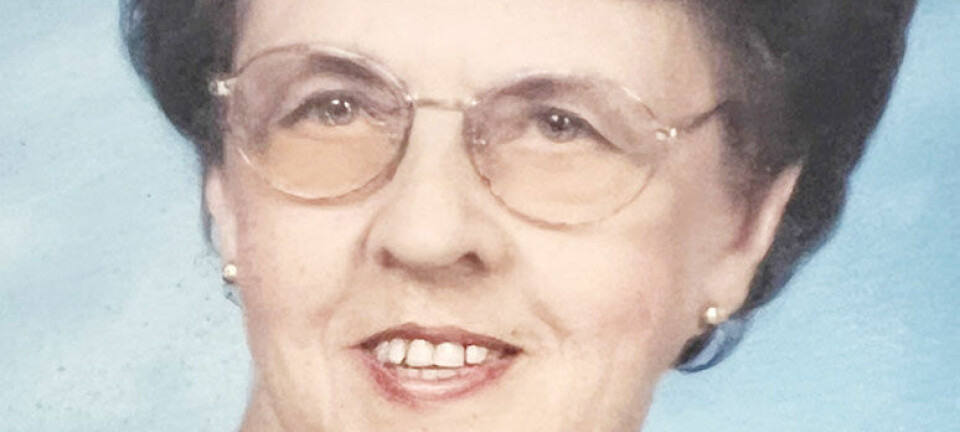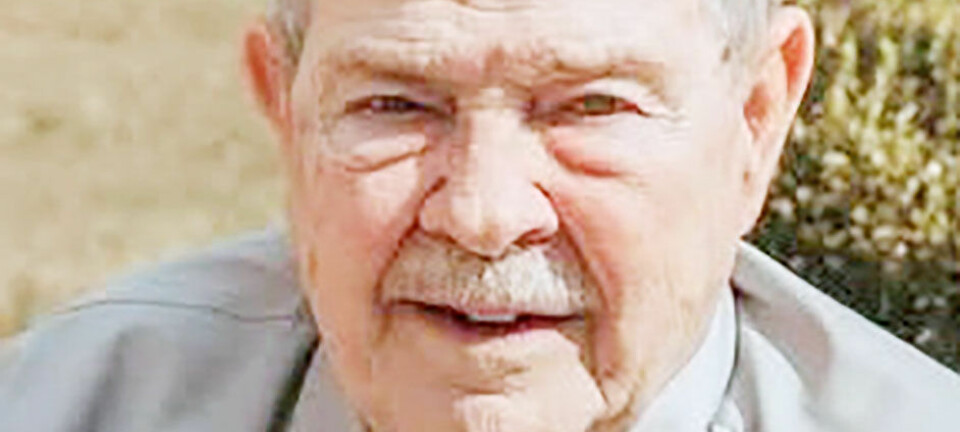Research at PAAR facility will impact the lives of people around the world
Dignitaries from across the state gathered at OARDC April 8 for the groundbreaking ceremony for a facility that will have effects well beyond the borders of the city, state and even the country.
The secure bio-containment laboratories that will be the centerpiece of the Plant and Animal Agrosecurity Research (PAAR) facility will enable OARDC scientists to expand their already strong research programs on infectious diseases in plants and animals, moving it “from excellence to eminence,” in the words of Dr. Gordon Gee, The Ohio State University president.
“This is a special place,” Gee said of the OARDC campus. “It is one of the finest agricultural research centers in this country, if not in the world. Sometimes we forget that.”
“This building gives our researchers a tool to be able to look at infectious diseases of plants and animals in a way we have not been able to do in the past,” said Dr. David Benfield, OARDC associate director, adding “the research that comes out of this building will make a difference in the lives of people throughout the world.”
With the agricultural industry facing $18 billion in annual losses due to infectious diseases in animals and another $30 billion a year in losses for plants, Benfield said the facility provides researchers with “a great opportunity to translate research that comes out of that building and apply it to people, animals and plants.”
According to Dr. Steve Slack, OARDC director, the new facility will allow OARDC researchers to be proactive on a broad range of problems that threaten the state’s $98 billion agricultural economy.
“What we’re talking about today are the real issues of science that are going to affect society tomorrow,” said Slack. “We go to great depths to make sure that we hire the brightest and the best at Ohio State, but we’ve got to give them the tools to give society the best answers.”
“This will help us attract the best and the brightest faculty…and students because they have an opportunity to do the kind of work they are looking to do right here in this facility,” said Dr. Bobby Moser, dean of the College of Food, Agriculture and Environmental Sciences. “As we look to the future and see the world issues that are out there – food safety, infectious diseases – Ohio State is going to be one of the few places that you can come and do the kind of work that can be done in this facility right here in Wooster, Ohio.”
Ohio State officials see the PAAR facility as an integral part of its mission.
“We’re all about enhancing the quality of life for the people of Ohio through the things we do - the research, the teaching, the outreach programs - that is also enhancing the economy and creating jobs. This facility is another one of those tools that will allow us to fulfill our mission in doing that,” said Moser.
To fulfill that mission the university has nurtured partnerships between the public and private sector.
“The old adage at universities is publish or perish. Our moniker at The Ohio State University is partner or perish,” said Gee. “We believe that without the partnerships that we establish, without being available and committed to the community…we surely will not flourish.”
To make the PAAR facility a reality, Ohio State also forged partnerships with federal, state, county and local officials.
“Despite tumultuous times, this university has been a great model because there has been bipartisan recognition that higher education is the economic engine that will drive this thing,” said Gee.
“The single largest producer of jobs directly and indirectly in the state of Ohio is The Ohio State University, and we will continue to do that. This is ideas translating themselves into opportunity to translate themselves into jobs,” said Gee.



